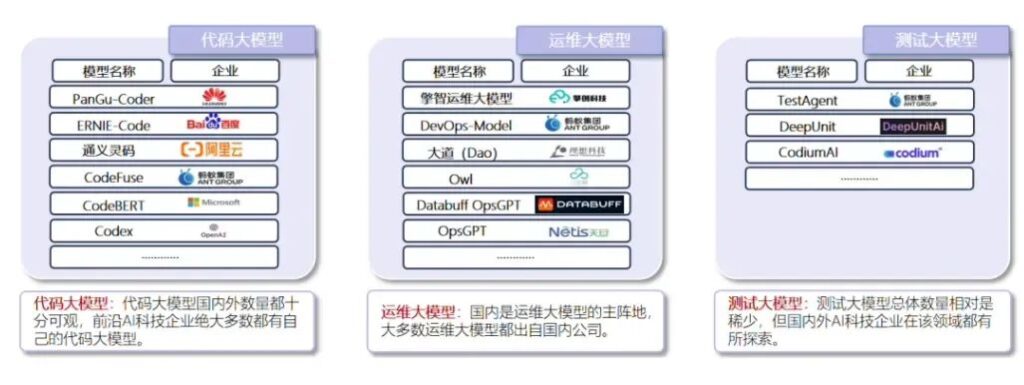
2-5 #DisplayUpFace : Qualcomm has signed a multiyear deal with Samsung; MediaTek is reportedly offering Samsung a discounted deal on its chips for use in budget-friendly phones; Apple is reportedly considering launching its first foldable in the next few years; etc.

Qualcomm has revealed that it has signed a multiyear deal with Samsung to supply Snapdragon processors for future flagship Galaxy smartphones. The agreement starts in 2024 and talks about the Galaxy S24 series. So, we can expect at least a couple more generations of Galaxy S series and Galaxy Z series smartphones to use high-end Snapdragon processors. This also shows that Samsung might not use MediaTek processors in its flagship smartphones even in the near future. (Phone Arena, WCCFtech, SamMobile, The Verge)
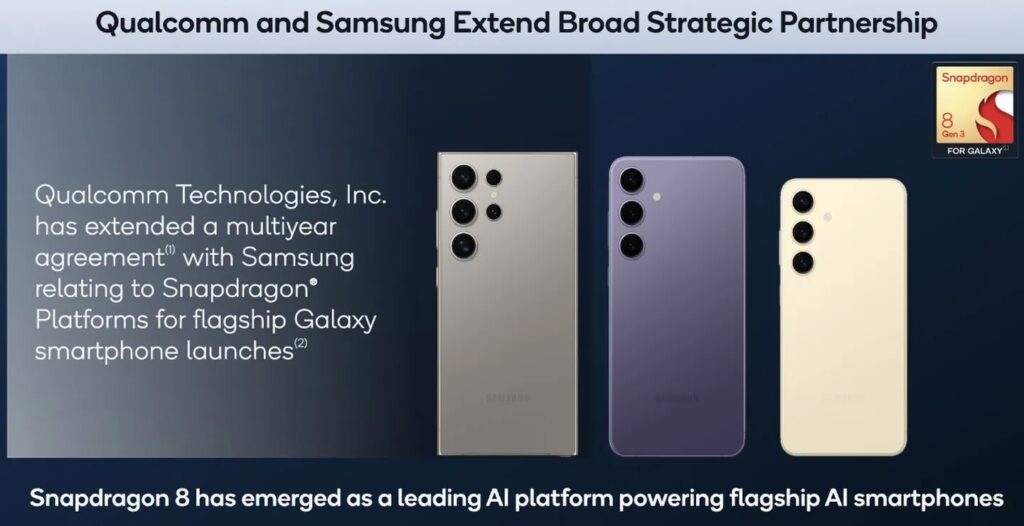
MediaTek is reportedly looking to challenge Qualcomm by offering Samsung a discounted deal on its chips for use in budget-friendly phones. Samsung might consider using MediaTek chips in its more affordable smartphones. These processors are said to be used in Samsung’s budget smartphone lineup, likely in the entry-level models of the A, M, and F-series. However, mid-range smartphones in the A and M-series might still use Exynos processors. (Gizmo China, Twitter)


Apple is reportedly considering launching its first foldable in the next few years in the form of a 7”-8” device that could ultimately replace the 8.3” iPad mini. Apple is reviewing a launch timeframe for the device in 2026-2027. Samsung Display and LG Display have reportedly already been sending samples of 7” and 8” foldable panels to Apple since 2023. Apple, Samsung Display, and LG Display are also said to have “different ideas” about the ultra-thin glass material, foldable panel cover window, and the hinge concept, which is at the core of the product’s mechanism. These differences reportedly involve contrasting judgements concerning product durability and reliability. Once mass production is decided, Samsung is expected to create the foldable panel in the Gen-6 A3 or A4 OLED line that it uses to make OLED panels for Apple’s iPhones. Apple is also working on a larger 20.5”foldable product that is expected to be released later than the 7”-8” device. (MacRumors, The Elec, Apple Insider)
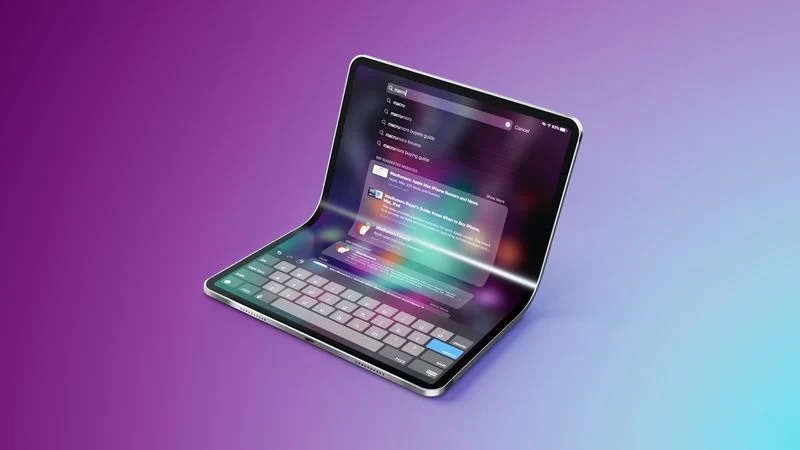
Samsung Display is allegedly considering using inkjet printing to make the bezels of the new panels that will be on Samsung’s foldable phones launching later in 2024. Samsung Display used supplier Segyung Hitech’s micro dry process decoration to make the bezels of its foldable OLED panels up to 2023. Micro dry process decoration, or MDD, was used to make the films that would later be cut off to form the bezels. The ink needed to make the bezels is already in the film. Using inkjet printing, the film initially made is much longer compared to MDD, so more films that can become bezels can be cut out of the original film that was made. This allows Samsung Display to save costs that can contribute to Samsung lowering the price tag of its foldable smartphones. (Android Central, The Elec, 9to5Google)
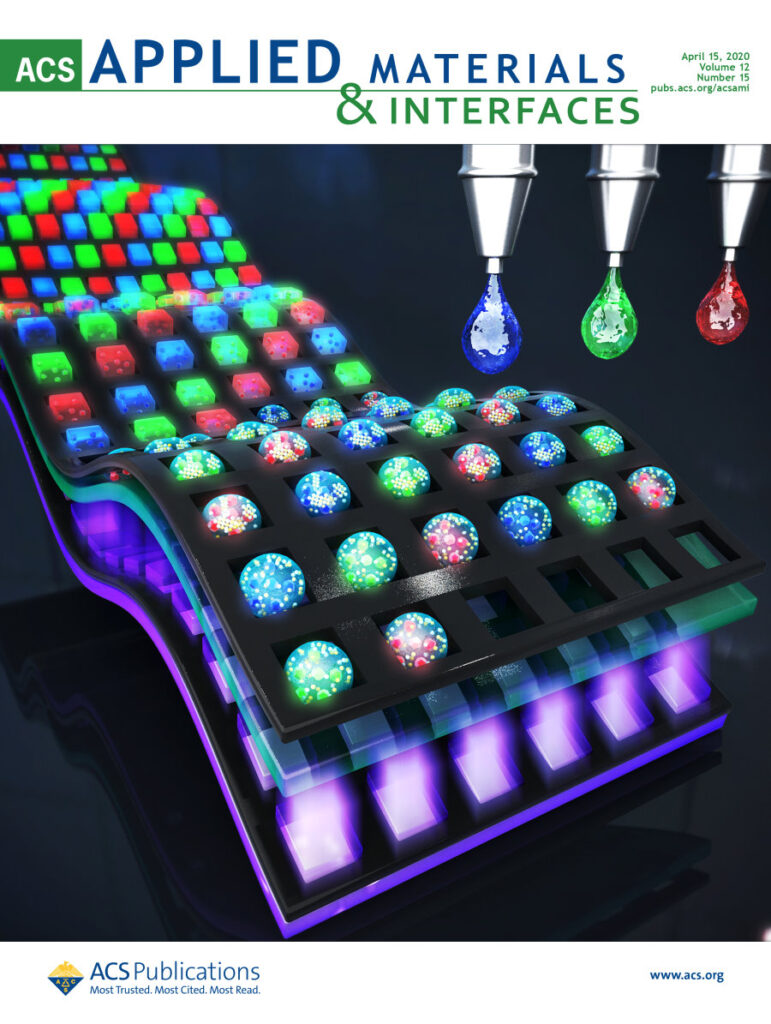
According to DSCC, BOE has surpassed Samsung Display to become the industry leader in the foldable panel market. DSCC data shows that in the foldable panel market in 4Q23, BOE led the market with a share of 42%; while Samsung Display experienced a steep decline, accounting for 76% in 3Q23 and falling to 36% in 4Q23, which was the largest decline since 1Q21. reached 40 percentage points. DSCC analysis shows that Samsung Display’s 4Q23 foldable panel shipments fell by 70% month-on-month. Since Samsung pioneered the foldable panel market in 3Q19, it has been the undisputed king of the market for the past five years, firmly occupying the top spot in the global OLED foldable market. (Gizmo China, TechNode, IT Home, DSCC, Twitter)
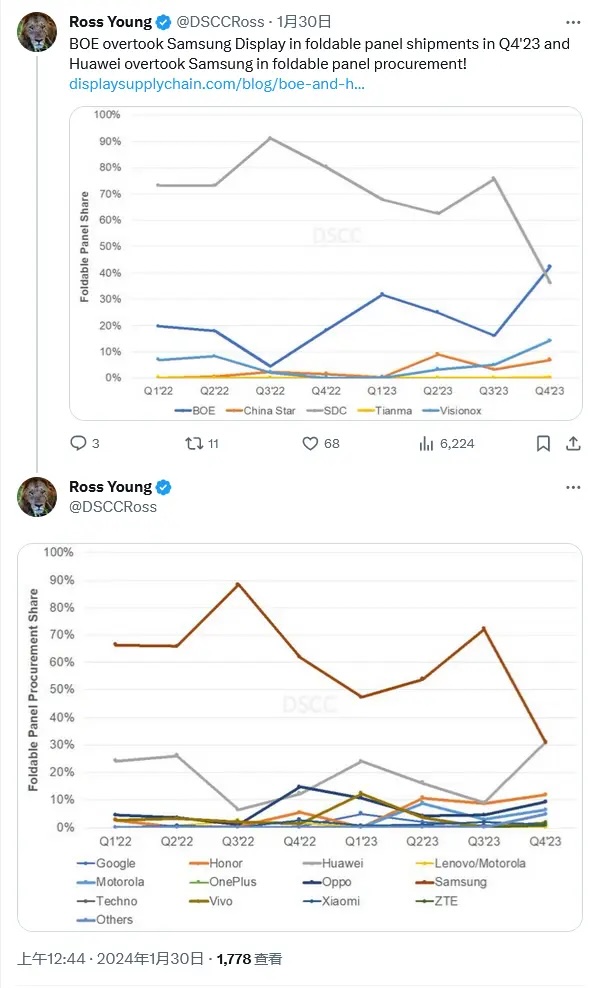

SmartSens has announced the release of its latest mobile image sensor, the SC5000CS. This new back-illuminated sensor boasts a 50-megapixel resolution, a size of 1/2.5 inches, and a pixel size of 0.702μm, making it ideal for use in high-end smartphones. The SC5000CS is equipped with SmartSens’ proprietary SFCPixel-SL technology, which is designed to improve low-light performance and dynamic range. This technology uses a pixel-level dual conversion gain design to reduce read noise (RN) and fixed pattern noise (FPN). According to SmartSens, the SC5000CS has RN and FPN as low as 1.0e- and 0.2e-, respectively, significantly improving over previous-generation sensors. (Gizmo China, IT Home, Sina)
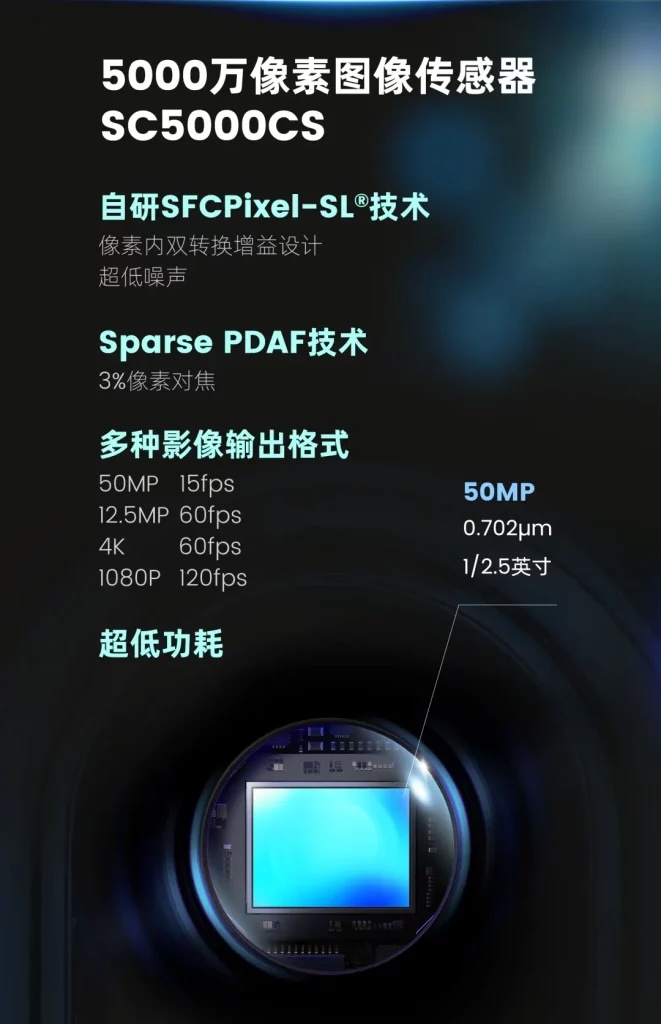

Apple has shared additional details about Vision Pro’s Optic ID iris authentication option. Optic ID scans both of user’s eyes by default. Given that the size of irises and pupils change in various lighting conditions, Apple says Optic ID adapts by updating enrolled template after each successful authentication. Apple ensures that all biometric data is encrypted and never backed up to iCloud or anywhere else. For users who require vision correction, Optic ID works with the Vision Pro’s ZEISS optical inserts and prescription soft contact lenses. Apple says Optic ID uses “advanced hardware and software” for iris recognition. Optic ID complies with international safety standards and “will not cause harm to the eyes or skin due to the low output of the emitters”. Apple says that a probability that a random person could unlock Vision Pro using Optic ID is less than one in a million, similar to Face ID.(MacRumors, CN Beta, Apple)
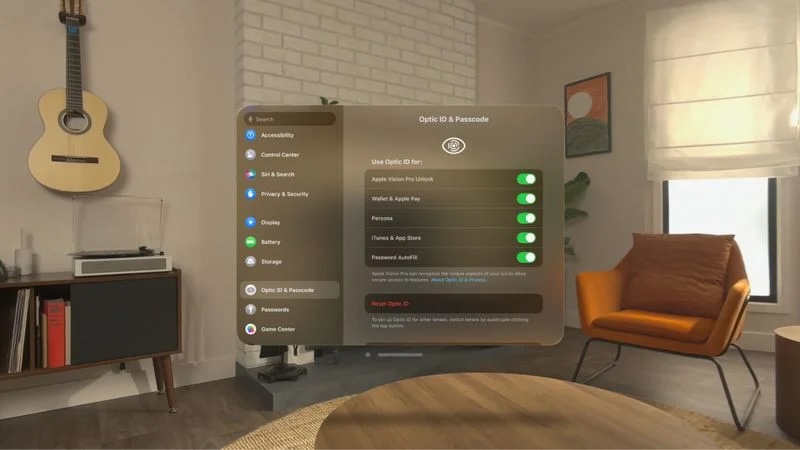

Geely Group has announced that it has launched 11 low-earth orbit satellites, its second dispatch, as it expands its capacity to provide more accurate navigation for autonomous vehicles. The satellites were launched from the Xichang Satellite Launch Center in the southwestern province of Sichuan. Geely said it expects 72 to be in orbit by 2025 and eventually plans to have a constellation of 240. The first launch was conducted in Jun 2022. In addition to providing high-precision positioning support to self-driving cars, Geely said its network will also serve other commercial functions such as connectivity to the consumer electronics sector. The satellites have AI remote sensing functions, providing 1-5 meter (3.2-16.4 ft) clear high-resolution remote sensing imaging.(Gizmo China, Reuters, Zaobao, Sohu)
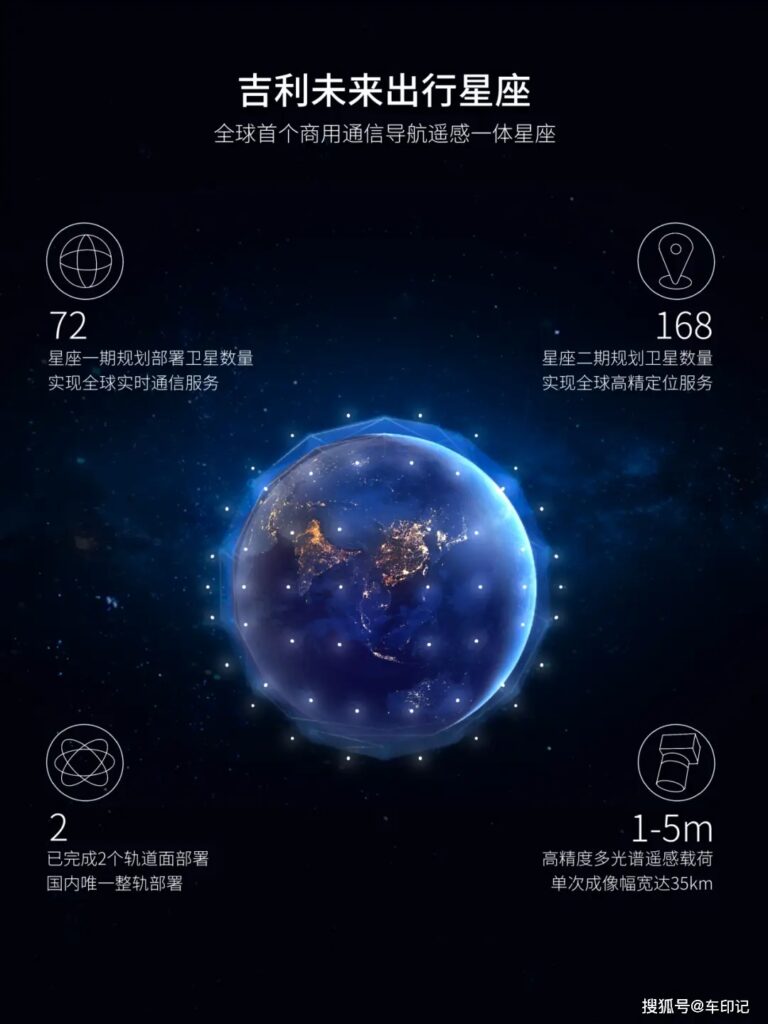
Neuralink’s founder Elon Musk has announced that his neurotechnology company Neuralink finally implanted its first N1 chip into the brain of the very first human patient. Neuralink planned to launch its first human clinical study in 2023 after the company received approval from the U.S. Food and Drug Administration (FDA). The N1 chip is implanted in the skull of the patient and is connected to the brain via tiny threads thinner than human hair. The threads contain 1,024 electrodes able to pick up signals and stimulate millions of brain neurons simultaneously. The signals are being transferred wirelessly for processing and interpretation. The technology is called brain-computer interface (BCI). (Neowin, Twitter)


OPPO has announced that it has signed a global patent cross-license agreement with Nokia covering standard-essential patents in 5G and other cellular communication technologies. Following the agreement, both parties will resolve all pending litigation in all jurisdictions. The specific terms of the agreement are confidential as per mutual agreement. (GizChina, OPPO)
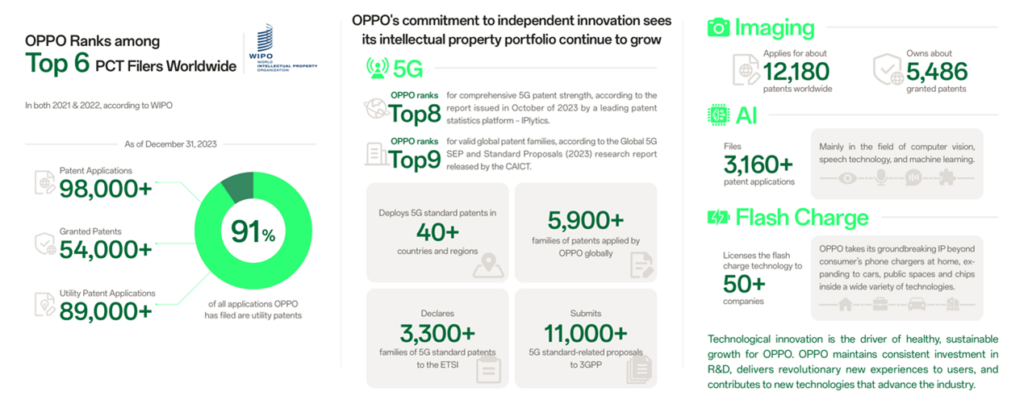
Omdia has found that in 4Q23, the smartphone preliminary shipment total reached 328M units. This marks an 8.6% increase compared to 4Q22, and highlights 4Q23 as the first quarter to see a significant increase since 2Q21. It is also an 8.6% increase compared to the previous quarter. This growth signals an end to nine consecutive quarters of YoY declines in overall smartphone shipments, a sign that the industry is stabilizing after a period of strong smartphone demand between 4Q20 and 3Q21, followed by supply chain problems in 2022. Every single major OEM recorded YoY growth other than Samsung, with Xiaomi, Transsion and Huawei all having significant growth of more than 20%. Despite this growth, Omdia research shows that the 2023 shipment total is now 1,164.7M units, a 3.5% fall from the 1,207.2M total for 2022. (Gizmo China, Omdia)
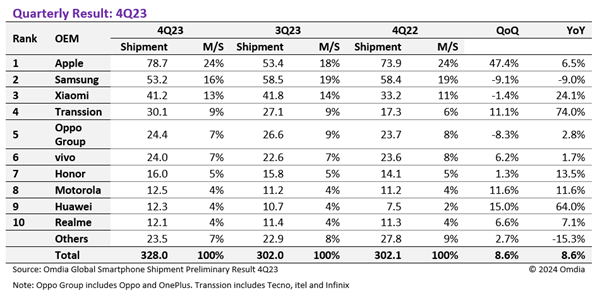
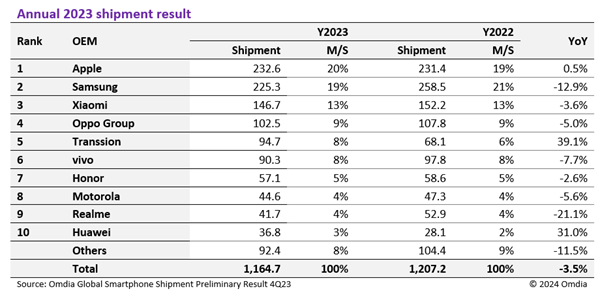
According to Canalys, the global smartphone market experienced an 8% YoY growth in 4Q23, reaching 319.5M units, further indicating signs of stabilization and recovery. Total shipments for the full year 2023 amounted to 1.14B units, marking a 4% decline compared to 2022. Despite facing challenges in core markets, Apple claimed the top position for the first time with a 20% market share and 229.2M shipments in 2023. Samsung followed closely, maintaining profitability as its strategy, shipping 225.4M units and capturing a 20% market share. Xiaomi solidified its third position, holding a 13% market share with shipments totaling 146.4M units. OPPO and Transsion ranked fourth and fifth, with 9% and 8% market shares, respectively. (Canalys, Neowin)
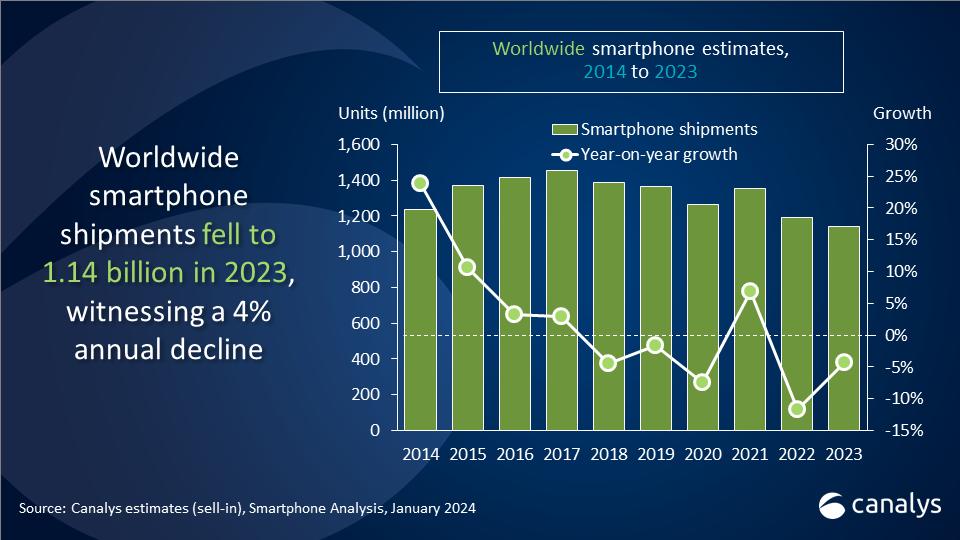
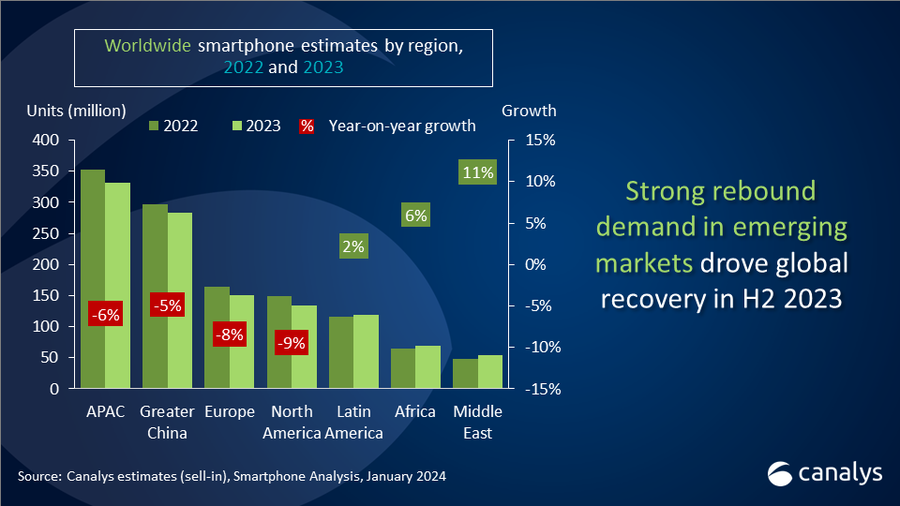

Samsung will begin manufacturing laptops at its Noida facility in 2024, according to T.M. Roh, president and head of the company’s mobile experience (MX) business. Roh credited the Indian government’s supportive policies for Samsung’s expansion in the country. However, he noted that the global demand slowdown in 2023 necessitated some optimizations at its facilities. In Aug 2023, India introduced restrictions on the import of laptops, tablets, servers, and other items. This move aimed to reduce India’s dependence on imported IT hardware, aligning with the production-linked incentive (PLI) schemes for consumer electronics like personal computers, laptops and tablets. In May 2023, the government introduced the revamped INR17,000 crore PLI scheme for IT hardware to attract manufacturers of laptops, tablets, and other hardware to India, after the first version with a lower allocation failed to take off. India imports laptops and tablets worth about USD8B every year. (Economic Times, Live Mint, India Times)
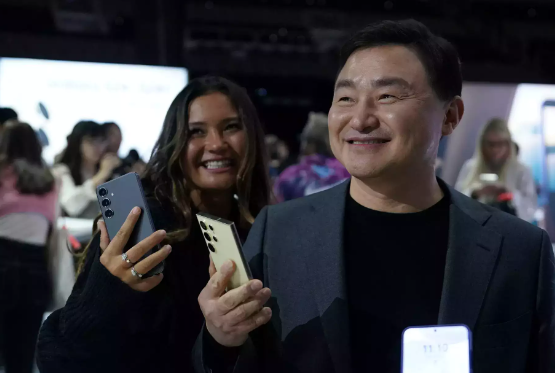

Xiaomi’s CEO Lei Jun has implied that automotive is now his main focus. Lei Jun has also announced that William Lu will become the general manager of Xiaomi and Wang Teng will be the general manager of the Redmi brand. (GizChina, Weibo, SMZDM)
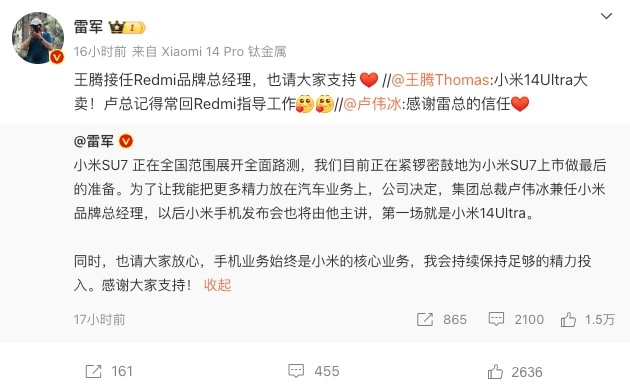
Changan Auto and Chery Auto, both of which have partnered with Huawei in developing their premium electric vehicle (EV) brands, have allegedly lodged complaints and are in talks to resolve the issue. Seres, a smaller carmaker, has also been affected. The computing unit, called the MDC 810, powers advanced driver assistance systems and is central to Huawei’s ambitions to become the dominant supplier of software and components for smart electric vehicles. The production issue relates to a shortage of a component that goes in the MDC 810. The problems come at a time when Huawei is seeking to secure more investors for its four-year-old Intelligent Automotive Solution (IAS) business unit that it plans to spin off. Changan Auto has said it plans to own up to 40% of the new company. The 3 models that sources say have been affected were launched in 4Q23. (Gizmo China, Reuters)


In a move complying with the Digital Markets Act (DMA) in the European Union, Apple is making significant changes in iOS 17.4, expanding options for app distribution and payment processing. The changes will take effect in 27 EU countries starting from March 2024. One of the notable changes made in response to the DMA is the opening up of the iPhone’s near-field communication (NFC) system, previously exclusive to Apple Pay, for other banking and wallet apps. This marks a pivotal shift in Apple’s approach, allowing developers in the European Economic Area to utilize an iPhone’s NFC system in their apps for contactless payments. (Android Headlines, Apple, MySmartPrice)


Google has launched ImageFX, its standalone AI text-to-image generation tool. ImageFX is powered by Imagen 2, which also powers Google Bard’s new AI image generation capabilities. Images generated with ImageFX are marked by SynthID (a digital watermark added directly into the pixels of the image) and include IPTC metadata, showing people more information on these AI-generated images. Google is also making updates to MusicFX. MusicFX now gets higher-quality audio and faster music generation thanks to improvements made to the MusicLM model. ImageFX and MusicFX are part of Google’s AI Test Kitchen. Users in the US, Kenya, New Zealand, and Australia can try them out in English.(Android Authority, ImageFX, Google, Engadget)

Apple’s CEO Tim Cook has mentioned that the company is working on generative AI software features that will make their way to customers “later 2024”. This implies the company has ambitious plans to integrate AI into its software platforms — iOS, iPadOS, and macOS — later 2024.(Android Authority, The Verge, CNBC)
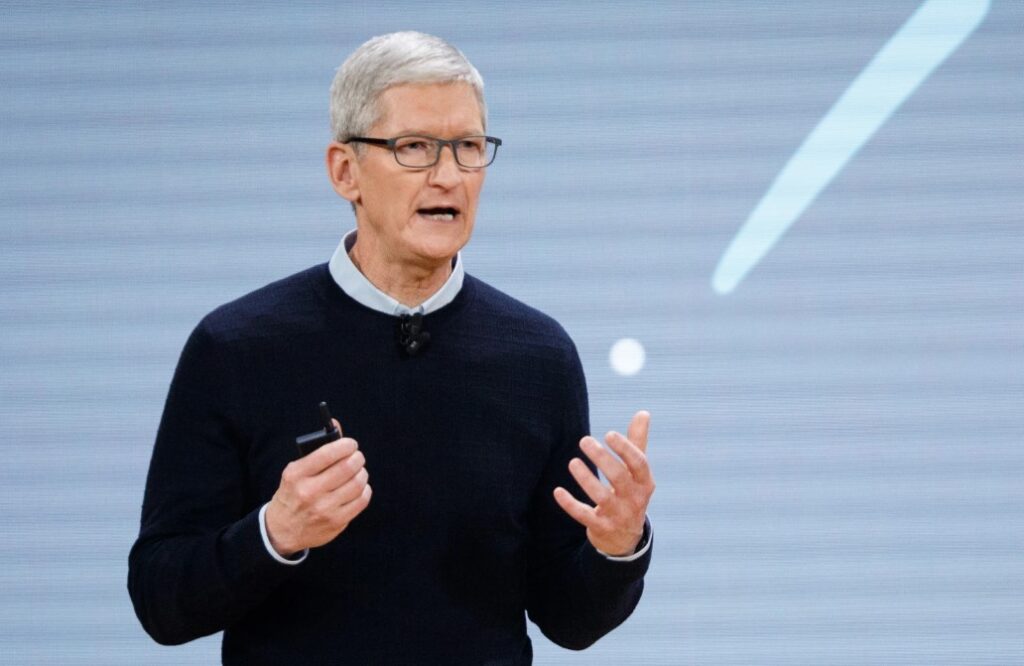
Samsung’s mobile chief, T.M. Roh, has indicated that despite the enormous resources invested in the development of Galaxy AI, its features will remain free for customers until 2025. He has further added that no decision has been made for what happens after. He said the company plans to bring the tech to over 100M devices worldwide in 2024. Samsung already confirmed that the Galaxy AI will be coming to a bunch of older Galaxy flagships, including the Galaxy S23 series, Galaxy S23 FE, Galaxy Z Fold 5 and Flip 5, and Galaxy Tab S9 series within 1H24.(Android Authority, Economics Times)

China has approved more than 40 artificial intelligence (AI) models for public use in the first 6 months since authorities began the approval process. Chinese regulators have granted approvals to a total of 14 large language models (LLM) for public use. It marks the fourth batch of approvals China has granted, which counts Xiaomi Corp, opens new tab, 4Paradigm, opens new tab and 01.AI among the recipients. Beijing started requiring tech companies to obtain approval from regulators to open their LLMs to the public Aug 2023. It underscored China’s approach towards developing AI technology while striving to keep it under its purview and control. Beijing approved its first batch of AI models in Aug 2023 shortly after the approval process was adopted. Baidu, Alibaba and ByteDance were among China’s first companies to receive approvals. (Gizmo China, Reuters, C114)
